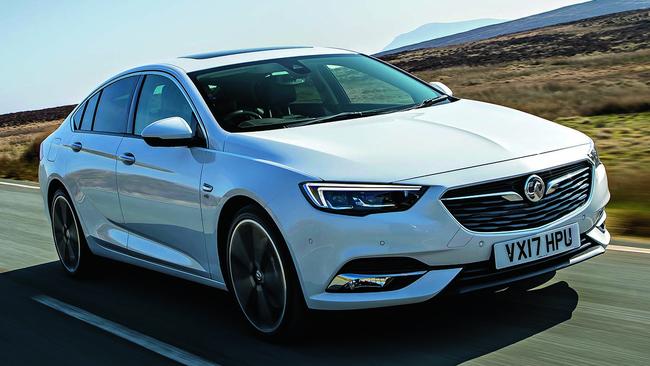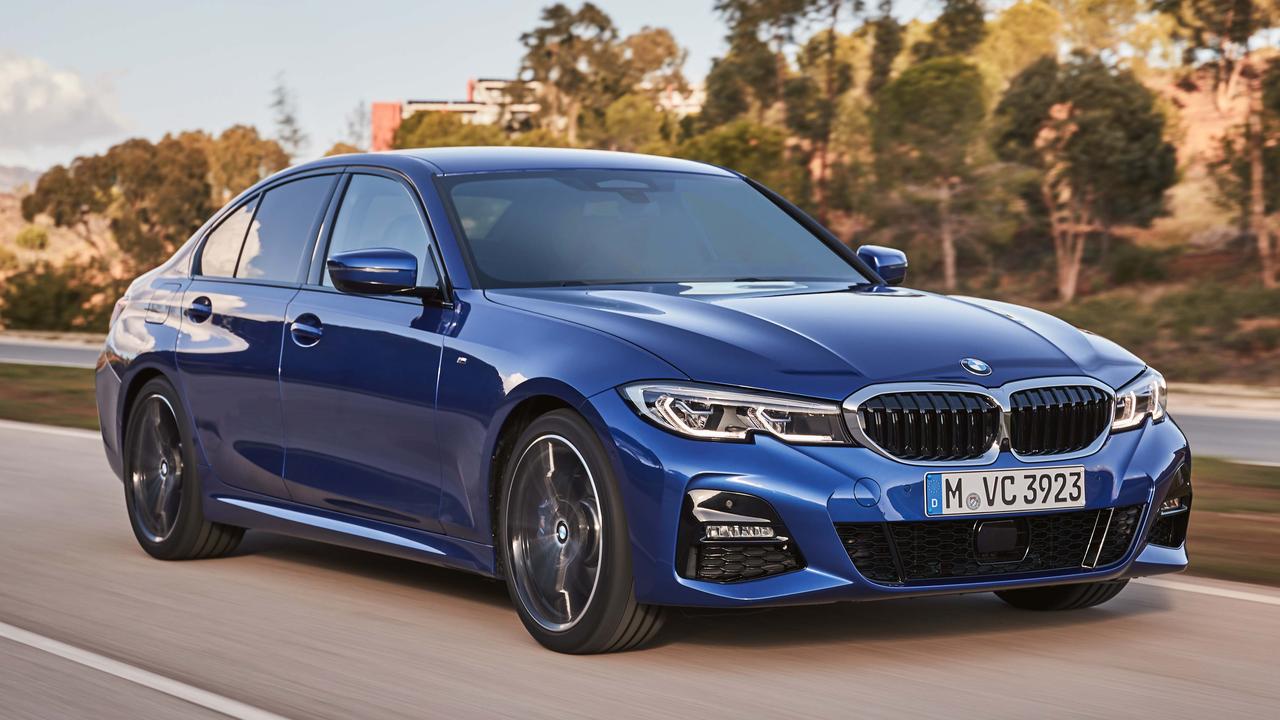Vauxhall Insignia Grand Sport 2.0 SRI
The new Vauxhall has gone from a fat man in a tracksuit to a middle-of-the-road gem.

I remember it so vividly. I was seven years old and my dad had just announced over our evening bowl of tripe and onions that the next day he’d be getting his new company car. I was beside myself with tinkle-clutching excitement, because what sort of Ford Cortina would it be? The old Mk1 model that I’d seen racing once on a friend’s television? Or would it be the new Mk 2 model, which none of my friends’ dads had?
The next day, after school, I raced home and gobbled down my bread and dripping sandwich so that I could wait in the drive – my working-class northern roots imagery has taken a bit of a hit there – to see which one it would be. Some of me wanted it to be the Mk 1. But most of me was delighted when it turned out to be the Mk 2. I sat in it most of the night, playing with the switches. Well, moving the heater controls back and forth. And I can still remember every detail of the dash. I can even remember the registration plate: KHY 579E.
I also know it was no ordinary model. It was a “super”, which must have meant my dad was selling more timber than had been expected by his bosses. That’s how good performance was measured back then. Not by a pay rise or a lunch, but by a car that had a clock or a rev counter. Or maybe both.
I remember one kid at school who said his dad had a Sunbeam Rapier, and another who claimed his old man had a BMW CSL, but these were playground myths. Nobody’s dad sold that much timber. Anyway, the point is that most new cars back then were company-bought. Which meant in essence they were either Fords, Austins or Vauxhalls.
These days, people get to choose what they want. And what they want is something that tells the neighbours they’re very successful. What they emphatically do not want is a Ford. And if they don’t want a Ford, they definitely don’t want a Vauxhall. Long considered the last word in “that’ll do” design, Vauxhalls were given to salesmen who had sold no timber and who had goosed the boss’s wife at the Christmas party.
It was a diesel. How depressing is that? Because that’s like a fat man in a tracksuit.
Since then, though, Vauxhall has been making a range of extremely good-looking cars – the Astra coupe springs to mind here – but no one is paying attention. The only way Vauxhall can pique people’s interest is to build an absolutely superb car and sell it for a pittance. And that’s nearly what it has done with the Insignia Grand Sport that I tested.
The SRi badge had me fooled. I dimly recall some sporty Vauxhalls with that handle in the 1990s. But my hopes were dashed when I noticed the rev counter’s dismal span. Yup. It was a diesel. And how dreary and depressing is that? Because that’s like a fat man in a tracksuit.
I was a bit miserable as I set off, especially when I noted on the first corner that the steering wheel needs more turns than one on a child’s toy. And then there was the performance. I had the most powerful engine available – 125kW – and Vauxhall claims this means 0 to 100km/h in eight-and-a-bit seconds. From where I was sitting, it didn’t feel that fast. “Average” is how I’d describe it.
But then I noticed the crease in the centre of the bonnet, a styling gimmick, for sure, but it gave the front of the car a solid feel. And then I saw a reflection in a shop window and I thought: “You know what? This is not a bad-looking car.”
It’s also spacious on the inside and very well laid out. Everything is where you expect it to be. And that’s quite an achievement because, ooh, there was a lot of stuff on my test car. It had its own wi-fi router and head-up display. It also had tools to make sure you didn’t drift out of your lane on the motorway and all the stuff that you normally find only on top-notch Mercs and Beemers. Obviously a lot of it is listed as an option. But there’s no getting round the fact that this is a good value car. It’s just a shame you don’t want one. Because it’s no longer 1967.
Vauxhall Insignia Grand Sport 2.0 SRI
Engine: 2.0-litre turbocharged four-cylinder diesel (125kW/400Nm) / Average fuel 5.2 litres per 100km / Transmission: Six-speed automatic, front-wheel drive / Price: £23,800 (to be sold in Australia in Feb 2018 as the Holden Commodore, price TBA)



